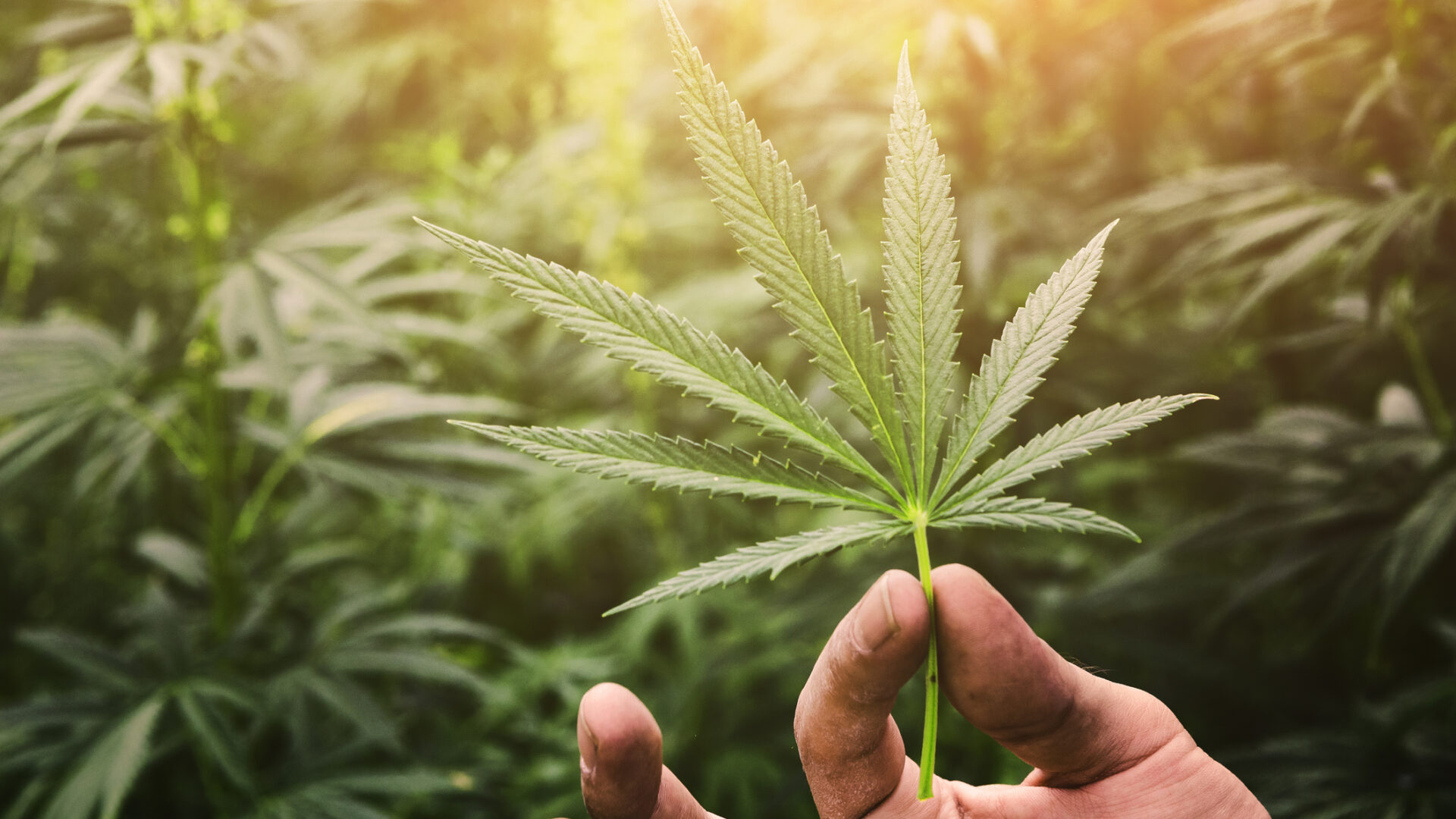Schedule Your Dermal Filler Consultation with Dr. Laura Geige Today
Product Quality
Filler Type
The longevity of lip filler results greatly depends on several factors, with the type of filler being a primary determinant. Different fillers are composed of various materials, known as “fillers,” that impact how long they last.
Hyaluronic acid (HA) fillers are the most common type used in lip augmentation. They work by attracting and holding water molecules, adding volume and hydration to the lips. HA fillers typically last between 6 to 18 months, with some formulations lasting up to 2 years.
Arrange a Dermal Filler Consultation with Dr. Laura Geige Now
Calcium hydroxylapatite (CaHA) is another popular filler option known for its longer-lasting effects compared to HA. It acts as a scaffolding material, stimulating collagen production and providing gradual volumization that can last up to 18 months or more.
Polylactic acid (PLA) fillers are made of biodegradable polymers that stimulate collagen synthesis over time. They offer a gradual and long-lasting result, with effects lasting up to 2 years or longer.
While these are common filler types, newer options and customized blends are continuously being developed.
The longevity of any filler is also influenced by individual factors like metabolism, lifestyle choices (sun exposure, smoking), and the skill of the injector. A skilled injector will carefully select the appropriate filler type and technique based on your desired outcome and individual needs.
It’s crucial to have lip fillers injected by a qualified and experienced practitioner who can provide guidance on the expected duration of results and potential factors that may affect longevity.
Cross-Linking Density
Product quality plays a crucial role in how long lip fillers last. Different hyaluronic acid (HA) fillers are formulated with varying concentrations and molecular weights, directly impacting their longevity.
Hyaluronic acid, the main component of most lip fillers, naturally occurs in our bodies and acts as a moisture magnet, plumping up the skin.
Fillers come in different viscosities – think of it like syrup vs. honey. Thicker HA gels tend to last longer because they are more resistant to enzymatic breakdown by our body’s natural processes.
Another key factor is cross-linking density. This refers to how many HA molecules are chemically bonded together.
Cross-linking creates a stronger, more stable network within the gel. Higher cross-linking density generally translates to longer-lasting results.
Think of it like a chain: individual links (HA molecules) are weak, but when connected tightly (high cross-linking), they form a strong and durable chain (filler).
However, very high cross-linking can make the filler stiffer and less natural-looking. So, manufacturers strike a balance to achieve both longevity and a smooth, supple feel.
Choosing a reputable brand with proven track records is essential.
In addition to product quality, individual factors like metabolism, skin type, and lifestyle also influence how long lip fillers last.
Filler Volume
Product quality plays a crucial role in how long lip filler lasts. Hyaluronic acid (HA) fillers are composed of cross-linked HA molecules that attract and hold water, creating volume. The quality of these HA molecules and the cross-linking process directly impact longevity.
Higher-quality HA fillers utilize more refined molecules and a meticulous cross-linking technique. This results in a denser, more stable gel structure that resists degradation by enzymes in the body. Conversely, cheaper fillers may use lower-grade HA with weaker cross-linking, leading to faster breakdown and shorter duration.
Filler volume, on the other hand, refers to the amount of product injected during a procedure. The desired outcome often dictates the volume needed, but excessive filling can lead to premature loss.
When too much filler is injected, it creates stress and tension on surrounding tissues. This can trigger an inflammatory response, accelerating the body’s natural breakdown of HA fillers.
Furthermore, improper injection techniques can disrupt the filler’s distribution and lead to uneven resorption, resulting in a quicker fade.
Individual Factors
Metabolism Rate
Individual factors play a significant role in how long lip filler lasts. One crucial factor is metabolism rate, which refers to the speed at which your body processes and breaks down substances, including dermal fillers.
People with faster metabolisms tend to metabolize fillers quicker, resulting in shorter-lasting results compared to individuals with slower metabolisms.
This difference stems from variations in individual genetics, hormone levels, age, and overall health.
For example, younger individuals generally have faster metabolisms than older adults, which can influence filler longevity.
Similarly, certain medical conditions or medications can affect metabolism rates, indirectly impacting how long lip fillers remain visible.
Skin Hydration Levels
Individual factors play a significant role in how long lip filler lasts. These factors can influence both the rate of absorption and breakdown of the hyaluronic acid, the main component of most lip fillers.
Skin Hydration Levels are crucial. Dry skin tends to absorb moisture more rapidly, including the hyaluronic acid in fillers. If you have naturally dry lips or live in a dry climate, your filler might dissipate faster.
Metabolic Rate: People with faster metabolisms generally break down substances, including filler, more quickly.
Lip Movement and Expression: Frequent lip movement, like smiling, talking, or puckering, can cause increased friction and breakdown of the filler over time.
Smoking and Alcohol Consumption: Nicotine in cigarettes and alcohol both constrict blood vessels, potentially hindering the delivery of nutrients to the filler and accelerating its breakdown.
Sun Exposure: Excessive sun exposure can damage the skin and collagen, affecting the longevity of fillers. UV rays can degrade hyaluronic acid.

Age: Collagen production naturally declines with age, making the skin thinner and less supportive for fillers.
Product Type and Placement: Different filler brands and formulations have varying lifespans. The depth and location of injection also influence longevity.
Lip Movement
Lip fillers, a popular cosmetic procedure designed to enhance lip volume and definition, can sometimes appear to fade quickly. While various factors contribute to this phenomenon, individual differences play a significant role.
One key factor is lip anatomy. The amount of space available within the lips varies significantly from person to person. Individuals with naturally fuller lips may see filler results last longer simply because there’s more volume to begin with. Conversely, individuals with thinner lips may experience faster dissipation due to less inherent storage capacity.
Another crucial factor is lip muscle activity**. Lips are highly mobile muscles used for speaking, eating, and facial expressions. Frequent use of these muscles can lead to increased breakdown of filler molecules, resulting in a shorter lifespan. Individuals who talk or smile frequently may notice their lip filler disappearing more quickly.
Individual metabolism** also plays a role. Some individuals naturally metabolize substances, including filler, at a faster rate than others. This genetic predisposition can contribute to the perceived rapid fading of lip fillers.
Furthermore, skin thickness** and dermal elasticity influence filler longevity. Individuals with thinner skin or less elastic dermal tissue may see filler results diminish more quickly as the substance becomes more visible through the skin.
Lastly, **lifestyle factors** can affect filler duration. Smoking, for example, accelerates collagen breakdown, which can impact the longevity of lip fillers.
Understanding these individual factors is essential when discussing the expected lifespan of lip fillers with a potential patient. A qualified medical professional can assess each individual’s unique characteristics and tailor treatment plans accordingly, optimizing results and patient satisfaction.
Lifestyle Habits
Several individual factors and lifestyle habits can influence how quickly lip fillers dissolve.
Here’s a breakdown:
Individual Factors:
-
Metabolism:** Individuals with faster metabolisms tend to break down substances, including dermal fillers, more quickly.
-
Genetics: Your genes play a role in collagen production and skin elasticity. Some individuals naturally have thinner lips or less collagen, which can affect filler longevity.
-
Skin Thickness:** People with thinner skin may experience faster filler absorption.
Lifestyle Habits:
-
Sun Exposure:** Excessive sun exposure can break down hyaluronic acid, a common ingredient in lip fillers.
-
Smoking: Nicotine constricts blood vessels and hinders collagen production, both of which can shorten filler duration.
-
Alcohol Consumption:** Excessive alcohol intake can dehydrate the body, potentially affecting filler distribution and longevity.
-
Facial Expressions: Frequent use of facial muscles, particularly around the mouth, can compress and break down fillers over time.
-
Touching and Rubbing Lips:** Excessive touching or rubbing can disrupt filler placement and accelerate its breakdown.
It’s important to note that these are general guidelines. The actual lifespan of lip fillers can vary significantly from person to person.
Consult with a qualified cosmetic professional for personalized advice and expectations regarding your lip filler results.
Boosting Longevity
Proper Aftercare
Lip filler, typically composed of hyaluronic acid, is designed to add volume and definition to the lips. While it can last for several months, its longevity depends on various factors.
The primary reason lip fillers may fade quickly is **natural hyaluronic acid breakdown**. Hyaluronic acid attracts and holds water, contributing to plumpness. Over time, our bodies naturally break down hyaluronic acid, resulting in gradual loss of volume.
Lip Movement and Muscle Activity play a significant role. Frequent lip movements for speaking, smiling, or drinking can accelerate the breakdown process, leading to faster dissipation of filler.
Individual Metabolism varies considerably. Some people naturally metabolize substances more quickly, causing fillers to last shorter periods.
Improper aftercare can also impact longevity. **_Avoiding excessive sun exposure_, _smoking_, and _use of harsh skincare products_** are crucial for maintaining filler effectiveness.
Here’s a breakdown of proper aftercare practices:
-
Avoid Touching or Picking: Resist the urge to touch or pick at the injection sites, as this can introduce bacteria and disrupt healing.
-
_Limit Sun Exposure_: UV rays can degrade hyaluronic acid faster. Wear a broad-spectrum sunscreen daily with an SPF of 30 or higher.
-
Avoid Smoking: Smoking constricts blood vessels, hindering collagen production and slowing healing.
-
_Gentle Cleansing_: Use a mild cleanser to clean the treated area gently. Avoid harsh scrubs or exfoliants.
-
Stay Hydrated: Drinking plenty of water helps maintain skin hydration and supports collagen production.
If you’re concerned about your lip fillers fading quickly, consult with a board-certified plastic surgeon or dermatologist. They can assess your individual needs and recommend appropriate treatment options.
Repeat Treatments
Lip fillers are a popular cosmetic procedure that can temporarily enhance lip volume, shape, and definition. However, many people notice that the results fade over time, prompting the question: why does my lip filler go away so fast?
Several factors contribute to the duration of lip filler effects, including:
* **Type of Filler Used:** Different hyaluronic acid (HA) fillers have varying molecular weights and densities. Larger molecules tend to last longer as they are more resistant to enzymatic breakdown in the body.
Treatment Area: Lips naturally move more than other areas of the face, leading to faster filler degradation due to muscle contractions and facial expressions.
* **Individual Metabolism:** Each person’s body processes substances at a unique rate. Those with faster metabolisms may experience quicker filler breakdown.
Lifestyle Factors: Smoking, excessive sun exposure, and dehydration can accelerate the breakdown of lip fillers.
Schedule Your Dermal Filler Consultation with Dr. Laura Geige Today
Boosting Longevity – Repeat Treatments:
To prolong the effects of lip fillers, repeat treatments are often recommended.
* **Maintenance Schedule:** A typical maintenance schedule involves top-up injections every 4-6 months, depending on individual needs and filler type.
Repeat Treatments: Considerations**
1.
It is important to consult with a qualified and experienced injector before scheduling repeat treatments.
2.
They will assess your individual results, skin condition, and desired outcome to determine the best treatment plan.
3.
During repeat treatments, additional filler may be strategically placed to maintain or enhance volume, shape, and definition.
By following these tips, individuals can maximize the longevity of their lip filler results and enjoy fuller, more defined lips for a longer period.
I Like Corbyn But Bend and Blossom Plinr Canniant
- Why CBD Gummy Sweets Are Perfect For Beginners - November 10, 2025
- What Is The Best Neck Firming Cream That Really Works In The UK? - November 9, 2025
- What Are The Benefits Of Taking CBD Gummies For Mental Health? - November 8, 2025

